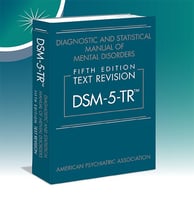Hoarders' Brains Reveal What Makes Them Unique
 |
Hoarding disorder is being proposed as a new diagnosis distinct from OCD in the upcoming revision of the Diagnostic and Statistical Manual of Mental Disorders (DSM-5). It has often been considered a subtype of OCD, but recent research has found that many hoarders do not exhibit symptoms that meet current diagnostic criteria required for an OCD diagnosis. To read about hoarding disorder research and discussions of whether it should be a distinct disorder in DSM-5, see Psychiatric News.
(image: MCarper/Shutterstock.com)





